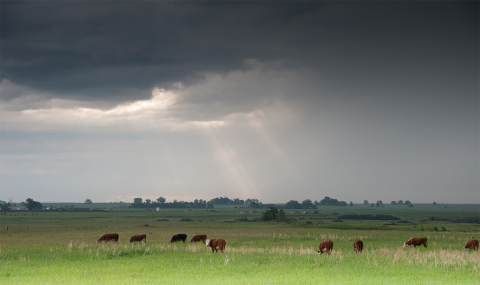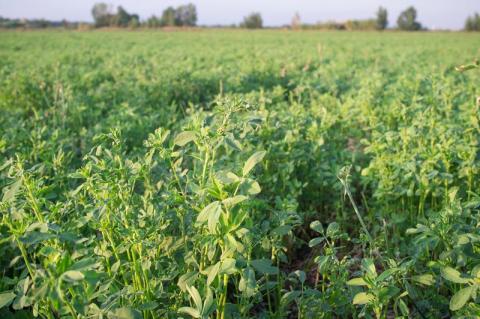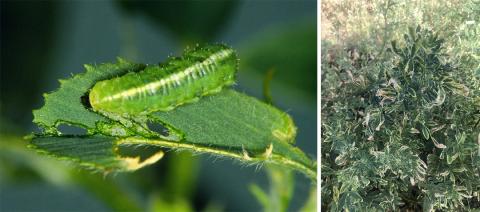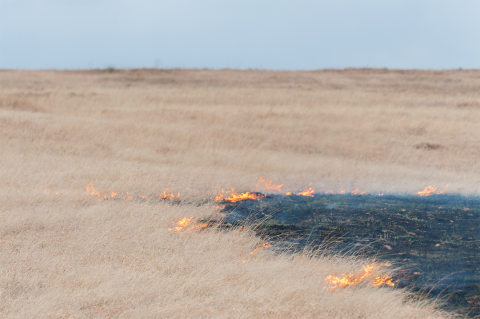Pasture and Forage Minute: Drones for Livestock Management, Drought Recovery
April 9, 2024
This week, extension educators weigh in on the pros and cons of drone use for livestock producers, and considerations for drought-damaged pastures and controlling winter annual weeds in alfalfa.
Pasture and Forage Minute: Double Cropping Forages, Wheat Grazing vs. Grain Value
April 3, 2024
Insights on double cropping annual forages in irrigated cropland, avoiding grass tetany, and making the decision to use wheat as forage or grain this year.
Pasture and Forage Minute: Evaluating Alfalfa Stands, Fertilizing Cool-season Grass
March 26, 2024
Recommendations on getting an accurate assessment of alfalfa stands this spring and fertilizing cool-season grass pastures and hayfields for optimal forage yields.
Pasture and Forage Minute: Strategies to Increase Alfalfa Health, Productivity
March 19, 2024
Extension educators review options for interseeding grasses into alfalfa and assessing alfalfa stand health.
Pasture and Forage Minute: Alfalfa Weevil Scouting, Dealing with Stress
March 12, 2024
Recommendations on scouting for alfalfa weevil in the coming weeks, and resources for ag producers dealing with stress and other impacts to their health and wellbeing.
Pasture and Forage Minute: Grazing Management Following Wildfire, Spring Planted Alfalfa
March 7, 2024
Grazing management recommendations for producers affected by wildfire in central Nebraska in late February, and considerations for establishing new alfalfa stands this spring.

Pasture and Forage Minute: Understanding Fall Dormancy in Alfalfa, Planning Summer Grazing
February 27, 2024
Extension educators share growth impacts of fall dormancy in alfalfa and recommendations for building your spring and summer grazing and forage plans.

Pasture and Forage Minute: Pasture Leasing Rates and Alfalfa Winter Survival
February 22, 2024
Extension educators share insights on establishing pasture rental rates and selecting alfalfa seed for winter survival traits.





